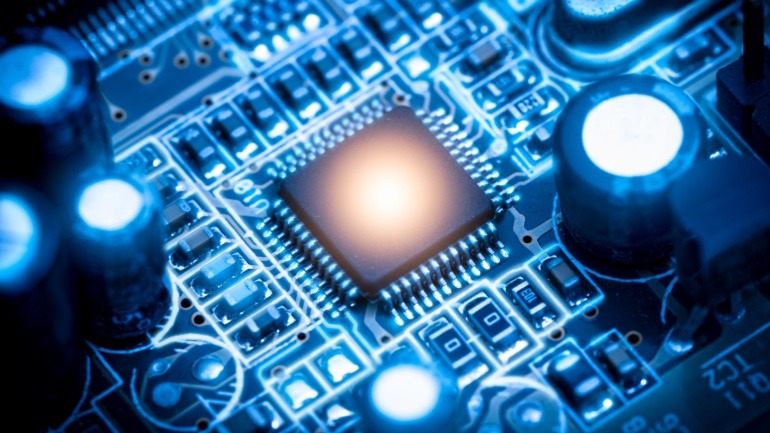Ericsson and FPT are collaborating to enhance the deployment of 5G technology and digital transformation in Vietnam. This partnership focuses on innovations in AI and aims to enhance digital infrastructure across key sectors like healthcare, manufacturing, and retail.
Ericsson and e& UAE’s partnership brings a 5G breakthrough with the advanced dual-band Massive MIMO radio, AIR 3229. This innovation enhances 5G services by boosting network capacity and eco-friendliness with reduced power consumption.
Kyocera, a prominent player in the telecom sector, is making waves by divesting a part of its KDDI stake to strengthen financial dynamics. This strategic move is key for VoIP advancements, as Kyocera enhances its focus on core telecom offerings.
Ericsson is intensifying its R&D efforts in India, zeroing in on network APIs. Partnering with telecom giants, Ericsson is unlocking 5G’s potential through programmable networks, enhancing performance, and enabling new performance-based business models.
DigitalBridge’s acquisition of JTower marks a pivotal move, furthering infrastructure growth essential for next-gen networks. By obtaining a 75% stake, DigitalBridge showcases confidence in JTower’s capacity to meet evolving communications needs.
MediaTek has unveiled the Dimensity 9400, a powerful chipset built on TSMC’s 3nm process, delivering up to 40% better power efficiency and 35% faster single-core performance. Targeting edge-AI applications, it supports Wi-Fi 7, tri-fold smartphones, and advanced 5G connectivity.
KT and its subsidiary KT SAT have revolutionized 5G connectivity through KOREASAT 6 integration with a 5G non-terrestrial network. This milestone utilizes the 5G NTN standard, expanding 5G services to remote areas. Their pioneering trials highlight NTN’s potential for 5G and future 6G innovations, overcoming geographical challenges.
Samsung and NTT Docomo are combining forces to propel AI research and innovation within the telecommunications sector, setting the stage for 6G technology. This strategic partnership aims to elevate network quality and service, ensuring seamless VoIP communication even in challenging signal areas.
Ericsson has captured Viettel’s 5G deployment contract in Vietnam, marking an exciting era for VoIP technologies. This 5G upgrade, indispensable for modern VoIP communication systems, promises robust high-speed connectivity. The collaboration with Viettel is positioned to elevate Vietnam’s digital infrastructure.
NVIDIA is partnering with T-Mobile, Ericsson, and Nokia to revolutionize mobile networks using AI-RAN. By leveraging the NVIDIA AI Aerial platform, this alliance aims to enhance 5G and future 6G networks. The partnership will optimize network performance and operational costs, paving the way for innovative AI-powered applications.













